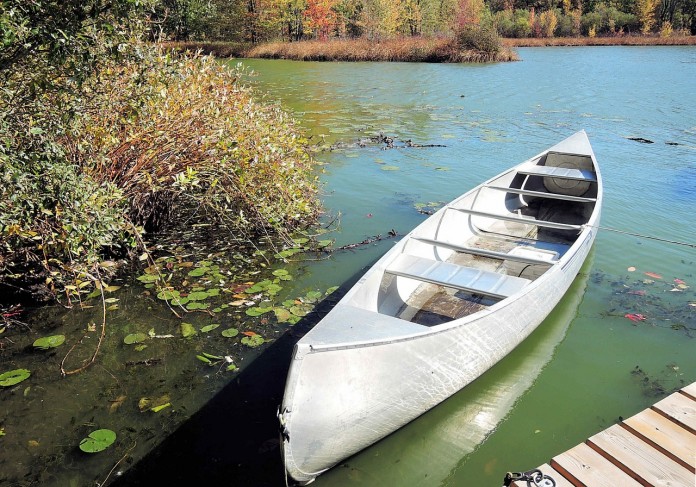Bear Island, the second largest island on sprawling Lake Temagami in Ontario, Canada, is home to a native population whose history is thousands of years old and still revered as the anchor of civilization here.
Although recorded history and oral storytellers place the first inhabitants of Bear Island some several thousand years ago, perhaps 5,000, there is no defined beginning.
Formed by nature
It is certain, however, that Bear Island, like the other 1,199 islands that dot the expansive and wandering Lake Temagami, were formed by nature following the last Ice Age as a retreating glacial mass scoured the region into deep, rock-strewn valleys and towering slabs of heavy stone.
Once filled with water, the lake itself became what was then and continues to be, a remarkable, natural landmark that holds the secrets of the region’s native history.
Indeed, Bear Island’s permanent native inhabitants are members of the Teme-Augama Anishnabai community, a distinct and proud people who are as much Temagami as the lake and surrounding wilderness as the water and land themselves.
Center of the lake
Bear Island has always been considered the center of the lake as all five of the Temagami’s far-reaching fingers come together at the big island. Even now, vacationing cottage owners often meet at events held on the island, especially in the winter months when travel is by snow machine and nights are long.
Over the years, the Bear Island community, and various entrepreneurs have featured needed services such as fuel and groceries. There is a small church, government buildings, and tribal facilities.
During our annual visits to Temagami, Bear Island visits for an ice cream treat are almost required as an afternoon boating destination. I once drove the few miles to the island over the frozen lake to meet friends for a snowmobile outing.
Ice road
An ice road from an access road is developed by annually plowing the snow, which allows the exposed roadway to freeze until the ice is thick enough to support even trucks. Eerie feeling. Admittedly, it is an eerie feeling to drive a vehicle over 200 feet of water below. I drove with the door open.
Way be back in the 1600s, the Hudson’s Bay Co. established its presence in the area and eventually opened a full-blown post on Bear Island that remained a central point of business for hundreds of years.
Trapping supplies
It was the place to go for thick wool blankets and other reliable winter gear and of course, trapping supplies. And too, where the region’s many trappers could sell their harvest.
After all, it was the fur trade that developed travel routes which weaved a still-present travel web of foot paths throughout the entire area.
As kids, we would beg for permission to visit the Hudson’s Bay Post, where we would dream about what it would have been like to live back then. I still wonder about that.
(Readers may contact this writer at mtontimonia@att.net.)













